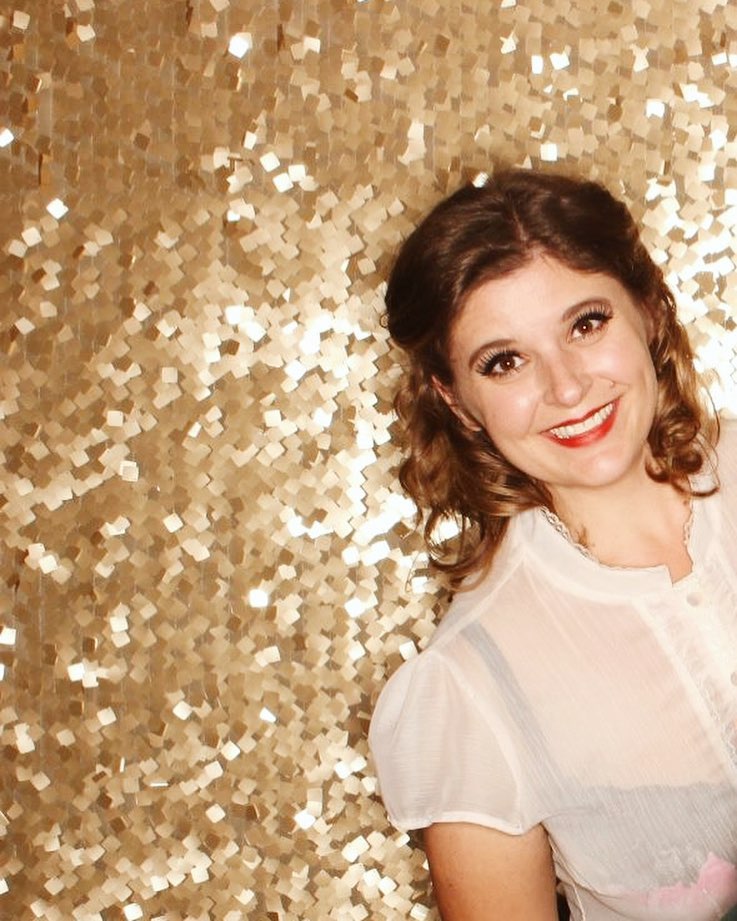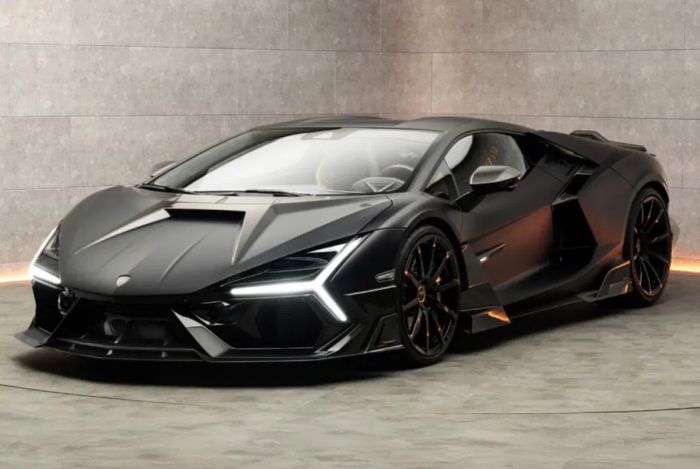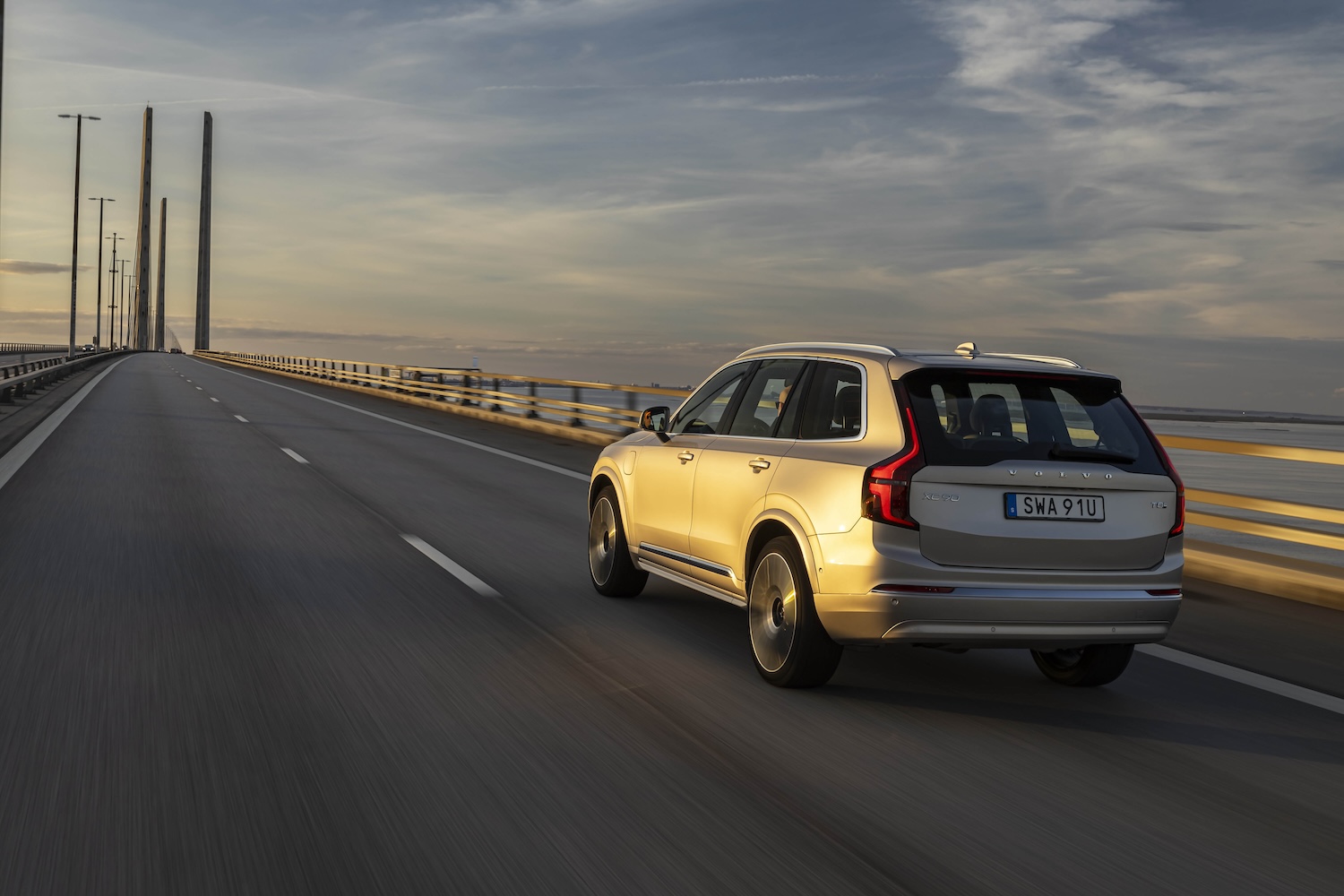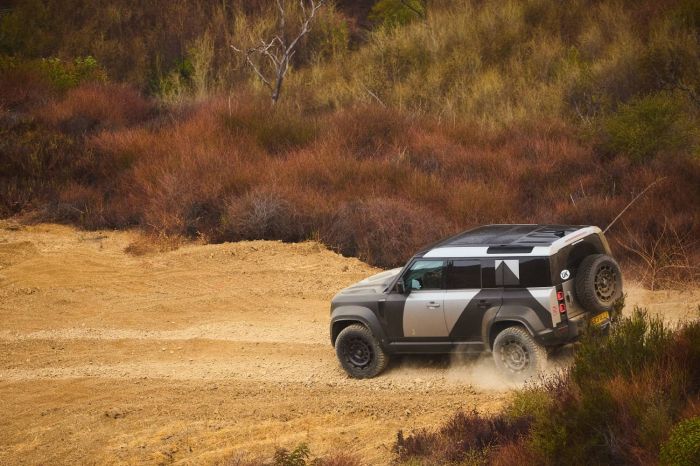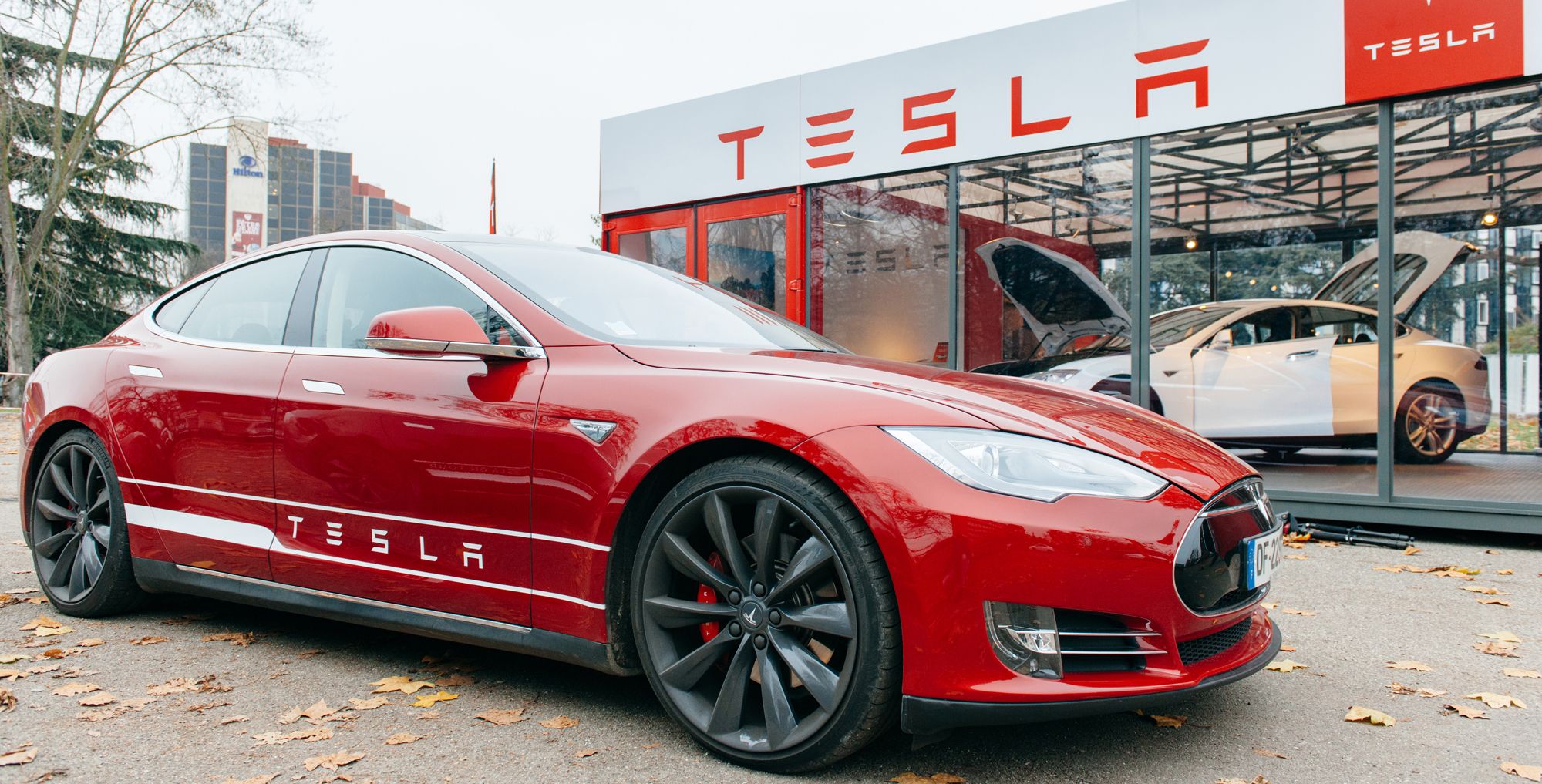
Tesla essentially pioneered the electric vehicle market. And they have been so successful at dominating it, that they have yet to actually put much effort into advertising. Yet everyone now knows the brand as the slick, slightly rebellious, eco-responsible auto that has something called a Ludicrous mode. You can’t buy that kind of cool with ad dollars. "A lot of companies get confused, they spend money on things that don’t actually make the product better," said CEO Elon Musk while giving his USC Commencement speech in 2014. "At Tesla, we’ve never spent any money on advertising. We put all the money into [research and development], and manufacturing and design to try to make the car as good as possible. And I think that’s the way to go."
Under Musk’s leadership, Tesla has become a $4.4 billion company. The reason why the company has succeeded to this degree isn’t only because they create great cars though. It’s also because Tesla (and Musk) have become synonymous with futuristic technology and by extension upcoming trends, which enables the brand to reach into all sorts of different markets. In other words, something as far removed as the hotel or toy industries will scramble to be associated with them, because consumers are drawn to the brand’s oozing cool factor. This puts Tesla in a unique position.
So naturally, instead of producing traditional advertisements to sell cars (like commercials and billboards) Tesla takes a more unconventional approach and lets their fans do it for them. After all, why spend money on a commercial when fans make their own professional-grade videos for you? Customers have also posted hidden camera clips of themselves wowing their passengers with the P90 Ludicrous Mode—all Tesla had to do was share them across social media. There’s even a man in Arizona who gained national attention for renting out his Model S as a hotel for $85 a night, something which Elon Musk probably wouldn't have even thought of to do.

Their customers may spread the word for them, but Tesla still makes strategic business moves. Most recently, the brand partnered with Radio Flyer to sell one-seater Model S toy cars so kids can fall in love with the car before they’re even able to legally drive. The company also revamped their customer referral program, which offers the chance to win a Ludicrous P90D Model X and a private tour of SpaceX. To piggy-back off of New York Fashion Week, Tesla tweeted two clips of Neiman Marcus’ fashion director Ken Downing interviewing Rachel Zoe and designer Wes Gordon while being driven around in a Model X.

The fact that Elon Musk himself is such an interesting figure certainly doesn’t hurt sales either. With a presence in everything from space travel to cartoons, the CEO is just as entertaining as he is bright. Remember when he told Stephen Colbert that we should drop “thermonuclear weapons over the poles” of Mars? Yeah, so do we, that’s the point. Having such a dynamic personality at the head of the table is naturally going to draw people in and clearly it has been working. Last month the company released its fourth-quarter 2015 financial results, which reported 25,202 Model S cars sold in North America last year, jumping 51 percent from the year prior. "In the US, just over three years after entering the market, Model S took share from all incumbent manufacturers to become the number one selling comparably priced four-door sedan," reads the report. "In fact, Model S was the only vehicle in its class with growing sales last year."

When Musk adopted an open source policy in 2014, it was to motivate other engineers to come up with more methods to fight the carbon crisis. A perk of that move was that it essentially enabled more marques to use the information to further their own designs, which would create more demand for charging stations and lighten Tesla’s financial burden of meeting customer demands. Turns out, that hasn’t really happened on the scale they were hoping, which is probably why Tesla began partnering with hotels through their Destination Charging program, offering qualified properties two wall connectors for free.

And the collaboration is a win-win. For the hotel, installing car chargers not only creates a tangible representation of how cutting edge the property might be, it also conveys a very green message to guests—both very important characteristics for millennials. For Tesla, the partnership simply helps saturate a new location with their brand and tech. As of January, Destination Hotels teamed up with the marque so that their array of independent hotels, resorts and residences could be added to the charging network. In 2015, Tesla joined up with Airbnb to bring their superchargers to qualifying homes and now over 60 rentals with chargers are spread out across the United States and Australia. Other hotel companies that have jumped on board range from the Four Seasons to Embassy Suites, not to mention independent properties.

It’s impossible to deny that while Tesla’s unique approach to advertising may not work for everyone, it has certainly been successful for them—their Model S sedan managed to outsell comparable models from BMW, Lexus, Jaguar, Porsche and Mercedes-Benz. However, just because it has worked for this long, doesn't mean it will be able to carry on this way. If Tesla continues to ramp up production, they're going to need to reach a much broader audience. Even if they do finally take the advertising plunge, we're willing to bet that the result will be just as unique as the steps they've taken so far.










